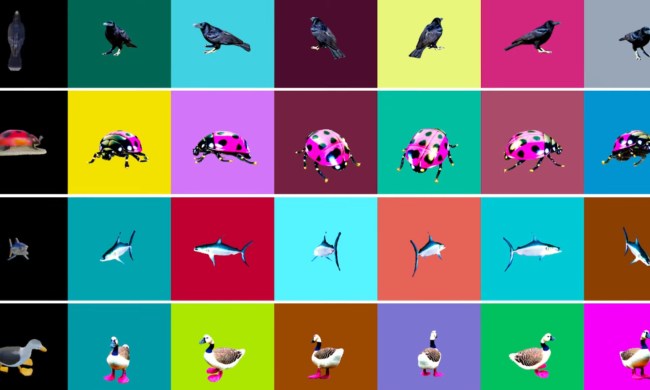The video demonstrating the facial rotation, uploaded January 12, comes after Adobe demonstrated a Siri-like voice assistant for Lightroom on Wednesday and a 3D spinoff of Photoshop on Tuesday.
The latest video shows an artist painting on a portrait using a tablet. She taps and holds the screen to adjust the angle of the face, revealing parts of the face that weren’t actually captured in the photograph. After rotating, she continues painting, then rotates back to the front, allowing the paint to blend more seamlessly along the edges.
The ability to tilt the face — at least in the video — is only slight. It doesn’t, say, involve tilting the face far enough around to see the ears. After all, approximating the shape of a face for a few centimeters to fill in a few pixels around the curves of the face would be more feasible than asking a software program to generate ears that aren’t actually included in the original image data.
Editing a face in 3D isn’t unheard of — but that was if you already had a 3D scan of the face to work with. In the teaser, the program appears to be working with a two-dimensional image, approximating pixels on the edge of the face that weren’t actually captured in the angle of that photograph. The feature doesn’t look like something to fix a posing error — the artist returns the face to its original position — but instead something to help facial edits blend around the edges of the face.
Adobe quietly released all three videos on YouTube without a press release or official announcement, perhaps because the features all appear to be works in progress. In the video’s description, Adobe calls the face-rotation feature “a new application.” Later in the same description though, the company says “Adobe Researchers are aiming to bring this technology to Creative Cloud and mobile apps families as soon as possible,” so the stand-alone feature would likely be easily used with current programs using the Creative Cloud.
The teaser joins an earlier Siri-like voice capabilities inside Lightroom, as well as what appears to be a 3D version of Photoshop that allows graphic artists to start with a blank canvas and draw in three dimensions. Of course, researching a possibility doesn’t always mean that it is going to actually make it into consumer’s hands — but one can hope.



